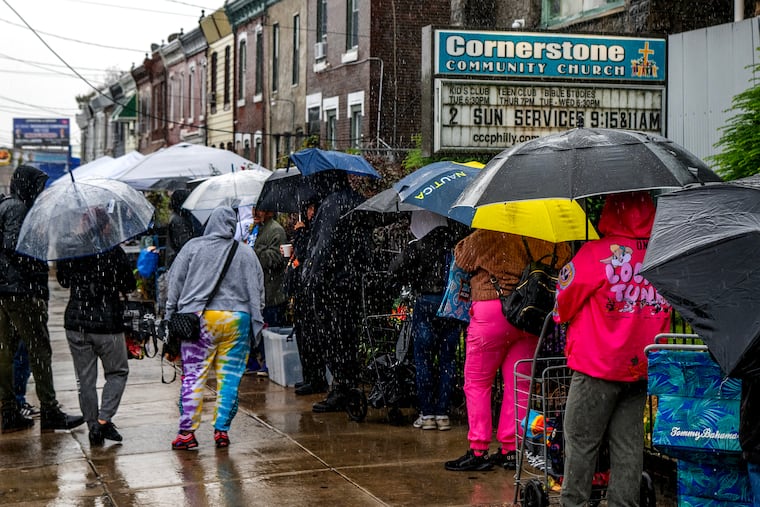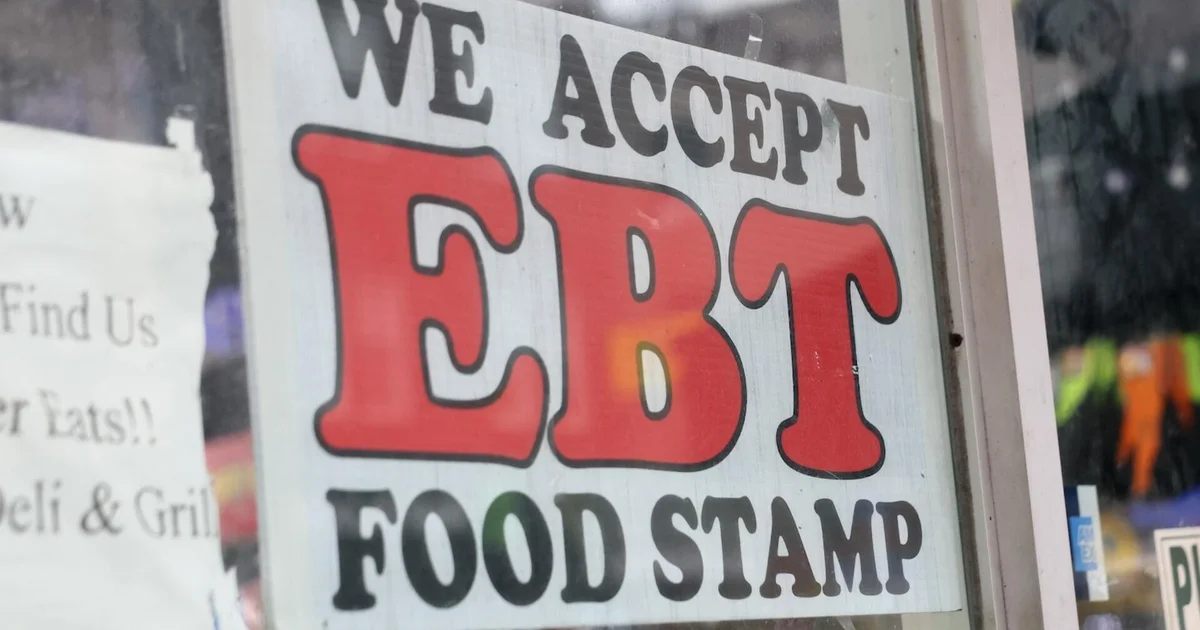Copyright The Philadelphia Inquirer

Two federal judges in Rhode Island and Massachusetts ordered President Donald Trump’s administration to tap into a nearly $6 billion contingency fund last week to partly replenish Supplemental Nutrition Assistance Program benefits, which ran dry on Nov. 1. When that money will reach Pennsylvanians is anyone’s guess. As early estimates project weekslong delays in getting the partial SNAP payouts to Pennsylvanians, state officials are hoping to sway the Trump administration into adopting a more expedient approach to benefit distribution. Philadelphia officials, meanwhile, are bracing for a prolonged disruption of benefits and thinking of creative ways to ease the pain of families flooding food pantries this week. The U.S. Department of Agriculture already warned of “procedural difficulties” arising from some states’ decades-old computer systems, which could “lead to payment errors and significant delays.” Some states say the driving force behind the added lag time is due to the complicated way that the USDA is choosing to release the funds, requiring states to make laborious calculations to determine the adjusted benefits. In a letter to the USDA Tuesday, Pennsylvania Department of Human Services Secretary Val Arkoosh warned that current guidance given to states would require a total restructuring of the state’s eligibility and case management system. The overhaul would likely take 10,000 hours of work or about 10 to 12 business days, according to Arkoosh. The process could take longer still, depending on how quickly some vendors, who will likely be called upon by other states for similar overhauls, can become available. Issuing the benefits once all the work is done, Arkoosh said, would take approximately another 10 days. “USDA is directing states to use the most complex and labor-intensive approach possible to issue partial payments when it has better, more efficient options available to drive out benefits during this crisis,” wrote Arkoosh. Pennsylvania would have to put in another 10,000 hours worth of work to reverse all the technological changes after the shutdown is over and SNAP benefits are dispensed as normal. Further complicating matters is the possibility that the government shutdown ends and the reversal of the overhaul has to take place before the November partial benefits are even issued. The USDA guidance poses another problem. The left-leaning Center on Budget and Policy Priorities told the New York Times an estimated 1.2 million households that usually receive SNAP would get no benefits for November. Arkoosh asked the USDA to skip the complicated calculations and instead approve one-time payments worth half what households are eligible for. The USDA had not responded to Arkoosh’s letter as of Wednesday. Some food assistance advocates, meanwhile, hope that an emergency relief hearing on Thursday in the Rhode Island court case could be what forces the administration to fully fund SNAP. As the back and forth continues over how to quickly disperse SNAP benefits to the 2 million people who rely on them in Pennsylvania, the impacts of the lapse are already visible in long pantry lines. Some of the biggest food distributors in Philadelphia, such as Philabundance and Share Food Program, reported a surge of families flocking to the local food pantries this week during a hearing held by the Philadelphia City Council’s Committee on Public Health & Human Services on Wednesday. The hearing focused on the SNAP lapse in the city. This week’s demand is on top of a preexisting uptick in need, according to food assistance providers. “Our pantry partners had already been reporting a 30% higher increase in need over the prior year, with a particular surge, interestingly, in dual-income households seeking support like never before,” said Loree Jones Brown, CEO of Philabundance, the region’s largest food bank. Millions have been released to food assistance nonprofits across the Philadelphia region in recent days to help pantries dealing with the crushing need. Pantries in Montgomery, Bucks, and Delaware Counties have fast-tracked thousands of public and private dollars to area pantries. In Philadelphia, where about 30% of residents receive SNAP benefits, Mayor Cherelle L. Parker signed an executive order that allocated $5.5 million to food pantries, families receiving city services, and small grocery and corner stores. Philanthropic groups also contributed $6 million to a regional food fund. Still, lawmakers and food pantries in Philadelphia and its collar counties have been adamant: They can’t replace the $366 million in monthly benefits provided by SNAP. During Wednesday’s hearing, members of Philadelphia City Council tried to think of ways they could get ahead of a protracted shutdown. Councilmember Nina Ahmad said the city should consider lobbying the region’s largest employers for help feeding people, taking a dig at Comcast, which multiple news reports say contributed to the White House’s proposed East Wing ballroom. “The big corporate entities in Philadelphia, including one down the road, have given millions of dollars for a new ballroom in Washington, DC,” she said. “Just letting you know they have resources to share and give away.” Councilmember Rue Landau suggested pushing back on the federal government directly. “At some point, Philadelphia can also withhold their tax money that they’re paying to the federal government so we can feed our people,” she said. Rob Dubow, director of finance, could not immediately say how much the city pays in federal taxes. Politicos in other states, such as California Gov. Gavin Newsom, have floated the idea of withholding their federal taxes as the Trump administration cuts federal funding.



